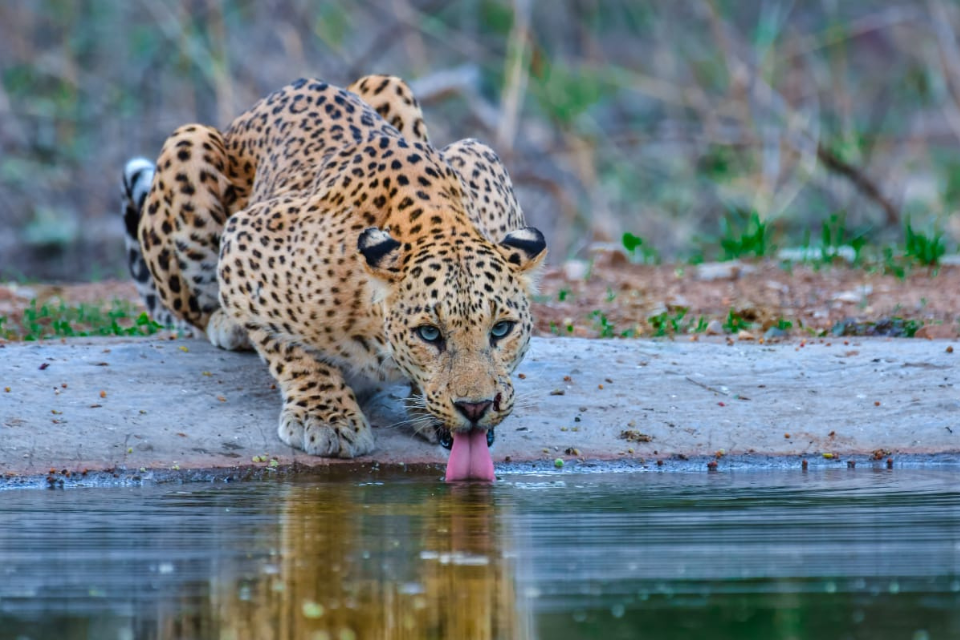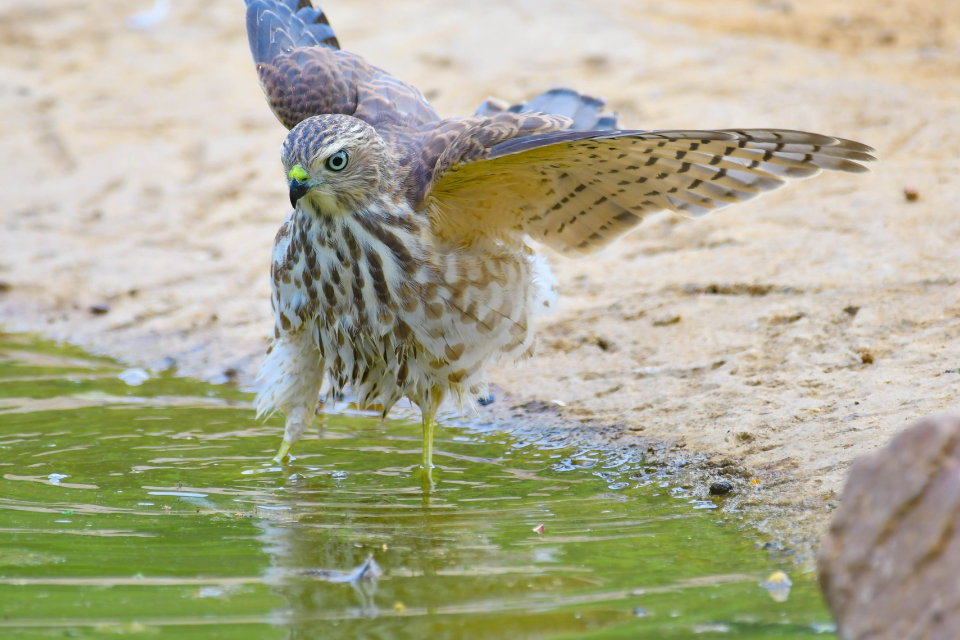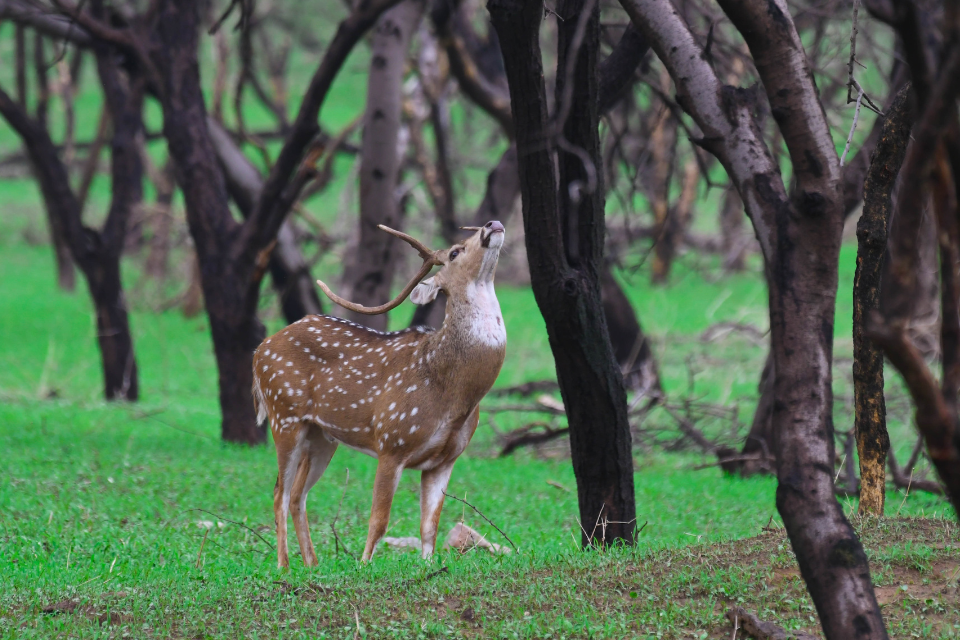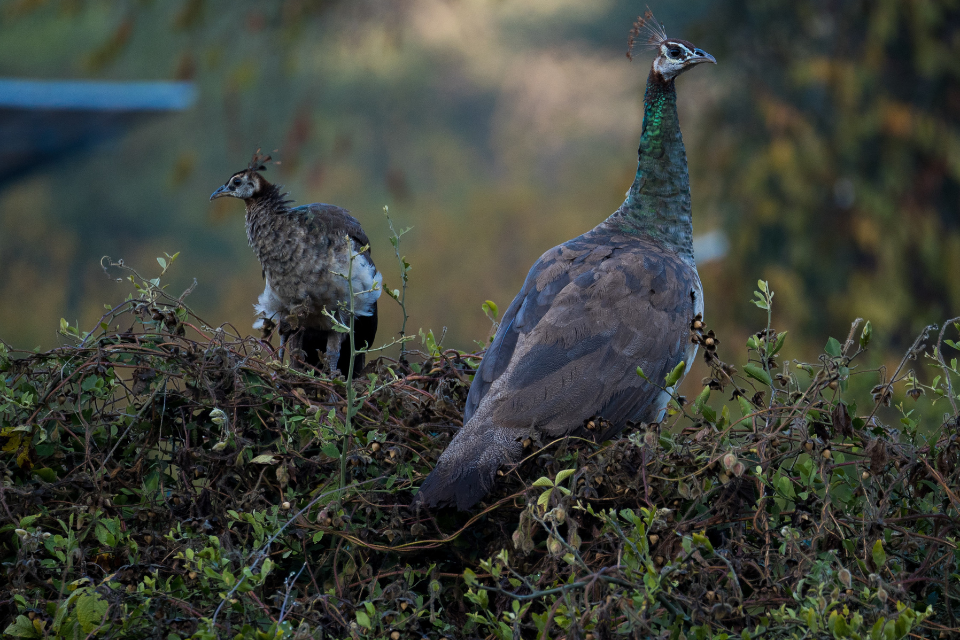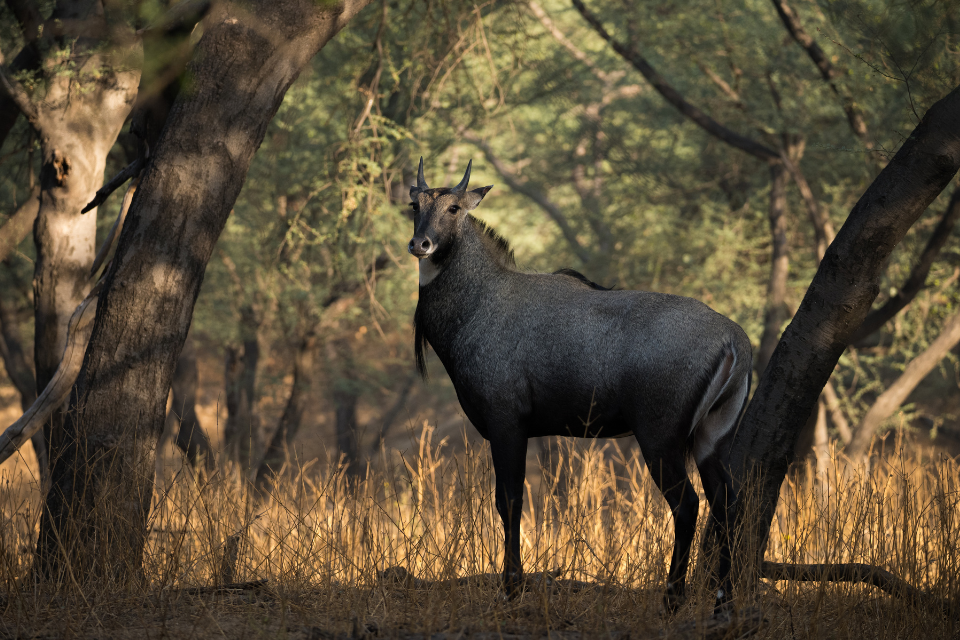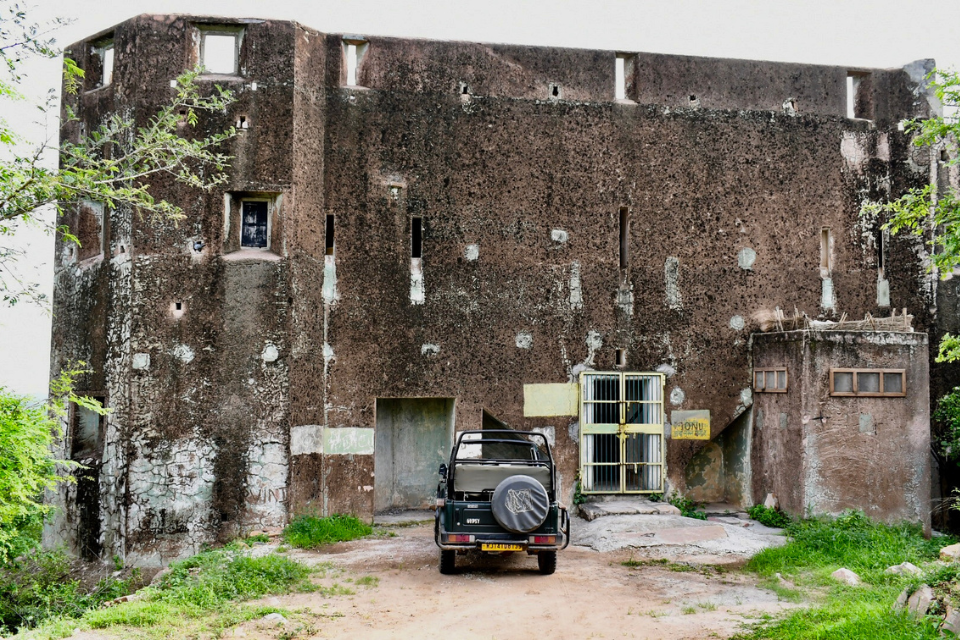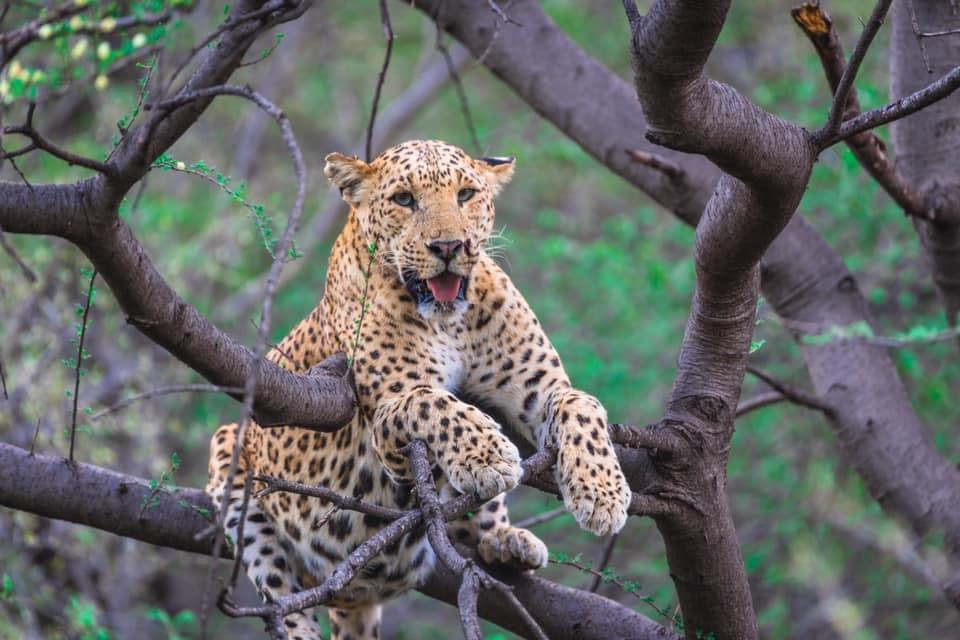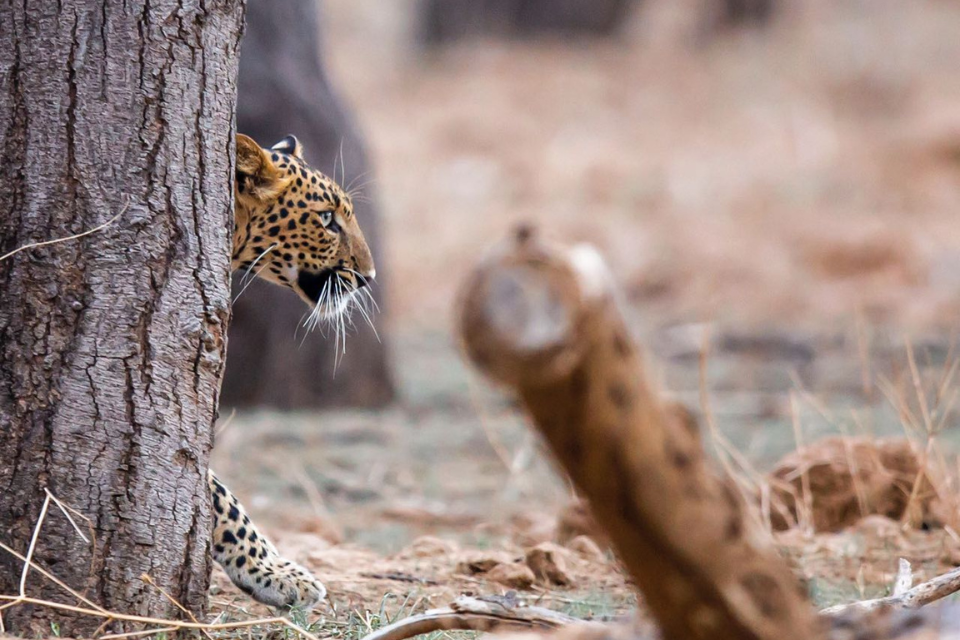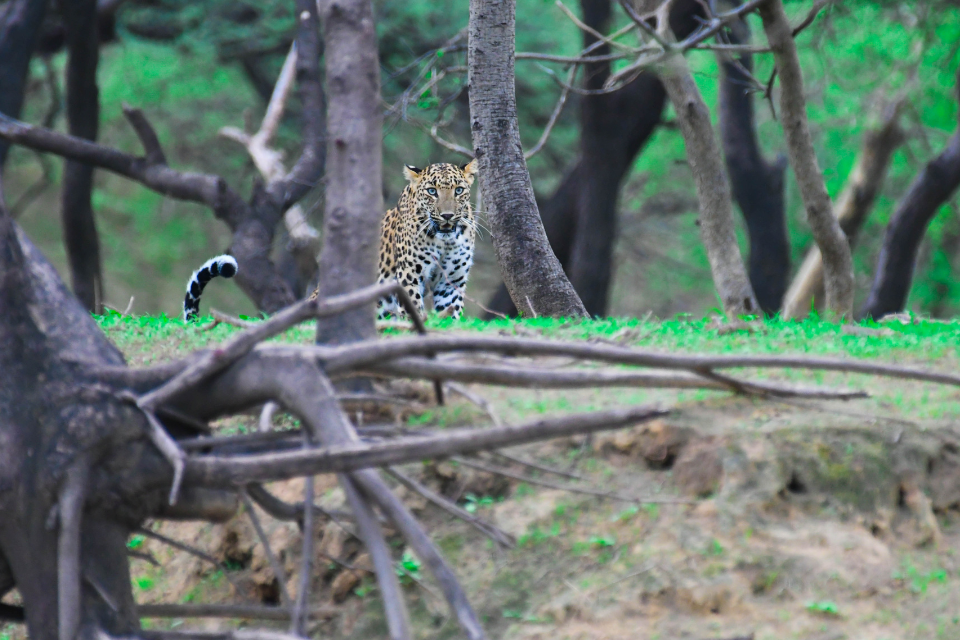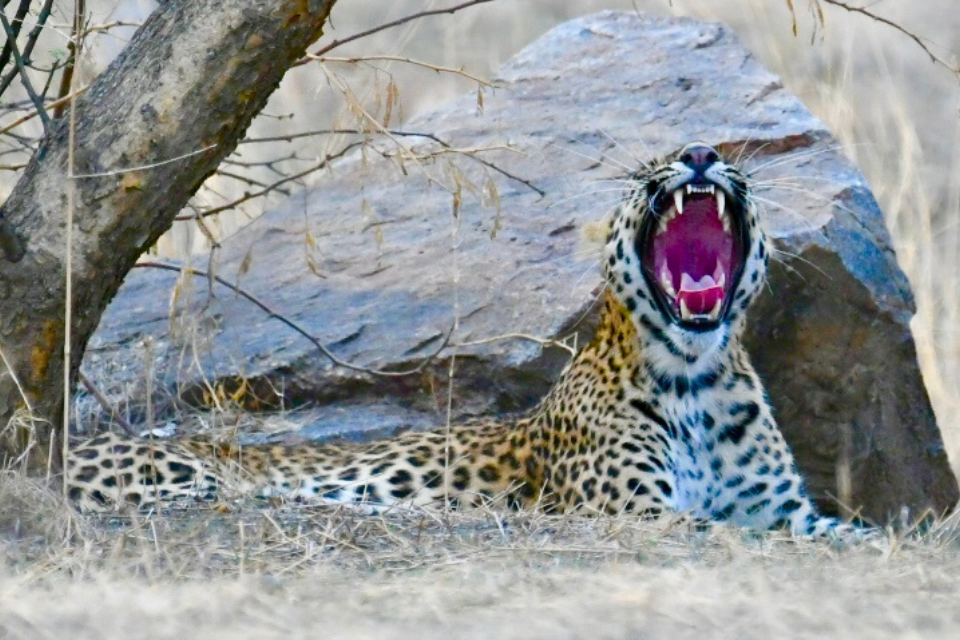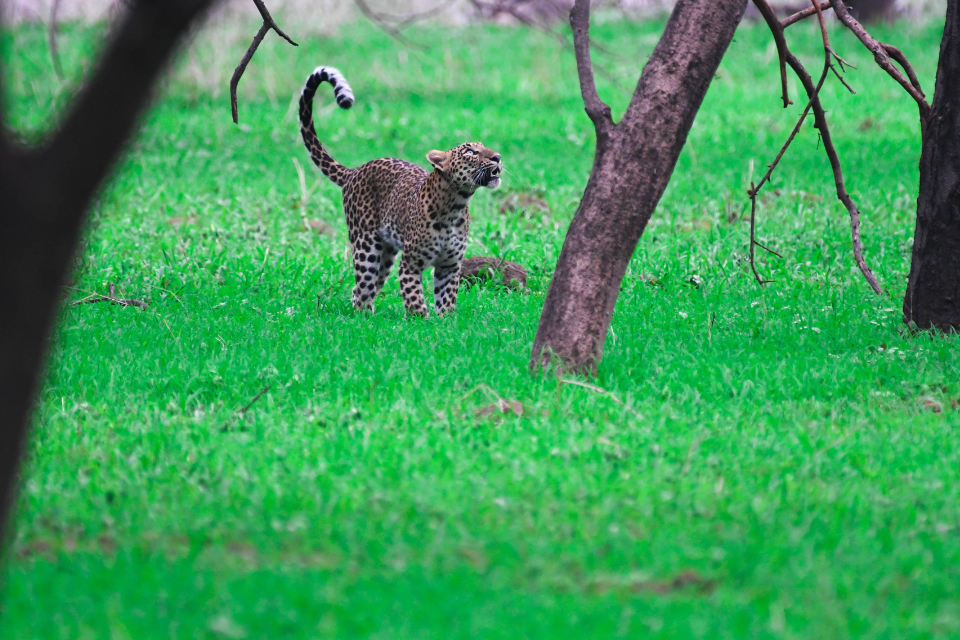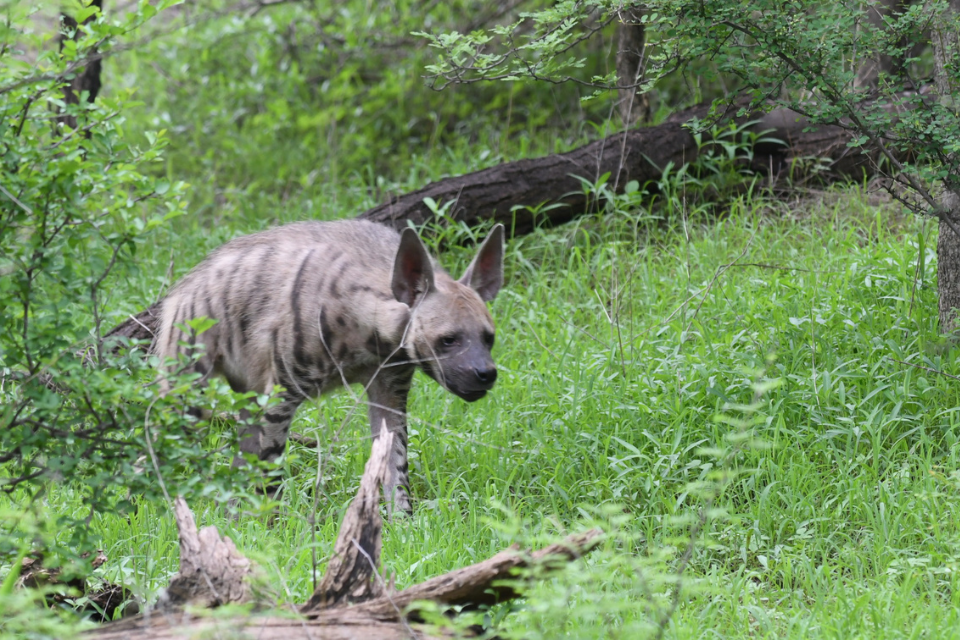- December 25, 2024
Tips for Wildlife Photography in Jhalana Leopard Safari Capturing Leopards Like a Pro
Jhalana Leopard Safari is a paradise for wildlife photographers, offering the rare opportunity to capture leopards in their natural habitat. Nestled on the outskirts of Jaipur, this urban jungle combines accessibility with the thrill of photographing some of India’s most elusive creatures. If you’re looking to elevate your wildlife photography game, this guide will help you make the most of your Jhalana Leopard Safari.
Why Jhalana Leopard Safari is a Photographer’s Dream
- Leopard Population:
Jhalana Leopard Safari boasts a high density of leopards, increasing your chances of spotting and photographing these majestic big cats. - Varied Wildlife:
Beyond leopards, the forest is home to blue bulls, deer, jackals, hyenas, and an array of bird species. - Picturesque Landscapes:
The dry deciduous forest, rocky terrain, and open grasslands provide stunning backdrops for your shots.
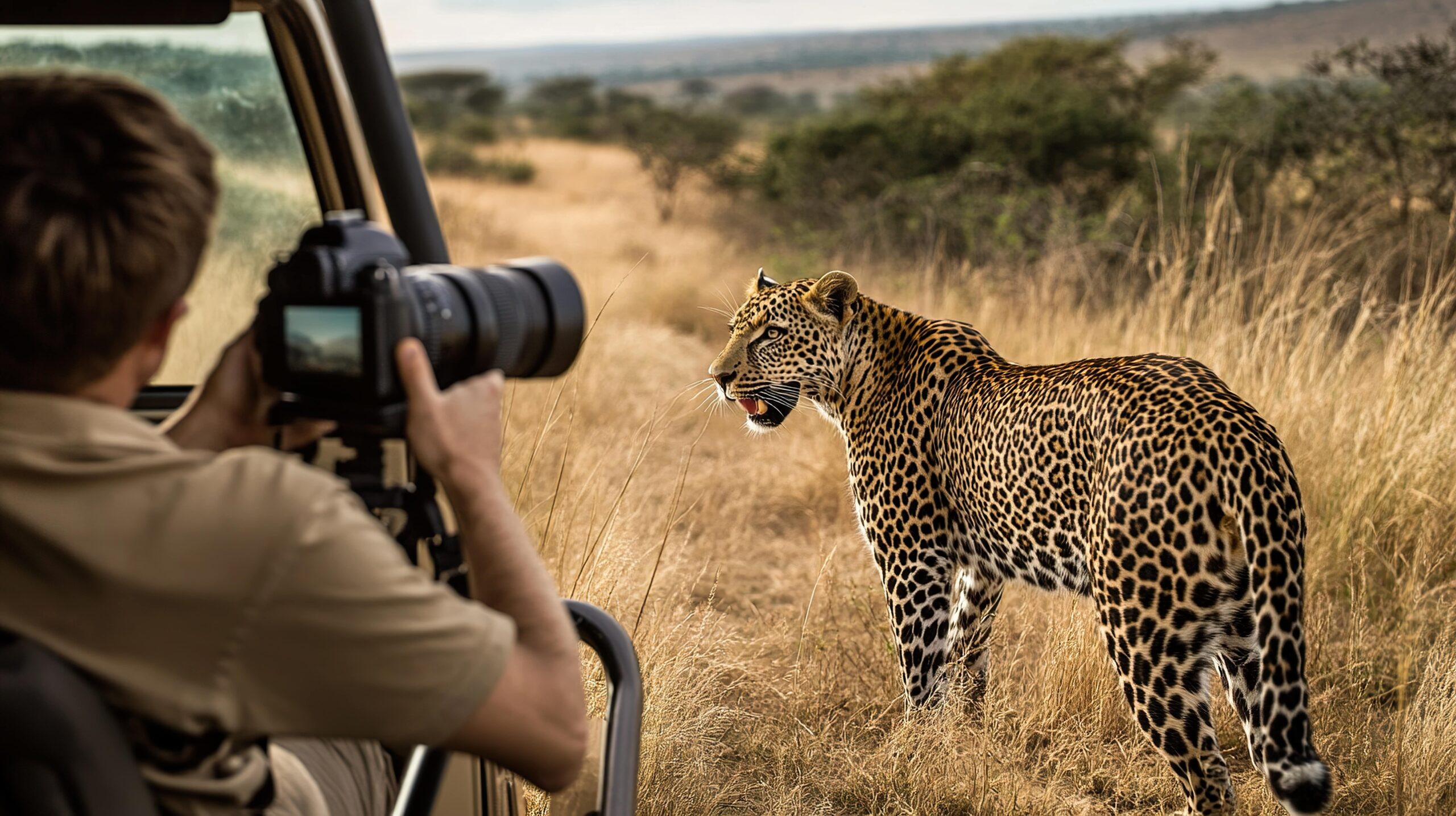
Essential Gear for Wildlife Photography
- Camera:
A DSLR or mirrorless camera with a fast shutter speed is ideal for capturing moving animals. - Lens:
- Telephoto Lens (200-600mm): For close-up shots of leopards and birds.
- Wide-Angle Lens: To capture the expansive landscapes of Jhalana Leopard Safari.
- Tripod or Monopod:
Essential for stability, especially in low light conditions during dawn or dusk safaris. - Accessories:
- Extra batteries and memory cards.
- Polarizing filters to reduce glare and enhance color.
Best Time for Wildlife Photography in Jhalana
- Early Morning:
Leopards are more active, and the soft morning light adds a magical touch to your photos. - Late Afternoon:
Golden hour lighting creates dramatic and vibrant images. - Seasonal Considerations:
- Summer: Waterholes attract animals, offering easy sightings.
- Monsoon: The lush greenery enhances your landscape shots.
- Winter: Migratory birds and cool temperatures make for comfortable safaris.
Techniques for Capturing Leopards
- Focus on the Eyes:
Leopards’ eyes are their most striking feature. Ensure your camera’s focus is locked on them for a powerful portrait. - Use Natural Frames:
Leverage trees, bushes, or rocky terrain to frame your subject, adding depth to your composition. - Shoot at Eye Level:
Capturing animals at eye level creates an intimate and engaging image. - Patience is Key:
Leopards are elusive creatures. Be prepared to wait quietly and observe their behavior.
General Wildlife Photography Tips
- Understand Animal Behavior:
Learn about leopard habits, like their preference for rocky outcrops and waterholes. This knowledge will help you anticipate their movements. - Silent Mode:
Use your camera’s silent shooting mode to avoid startling the animals. - Shutter Speed and ISO Settings:
- For fast-moving animals, use a high shutter speed (1/1000 or faster).
- Adjust ISO to maintain optimal exposure in varying light conditions.
- Composition Rules:
Use the rule of thirds to place your subject off-center for a balanced and dynamic shot.
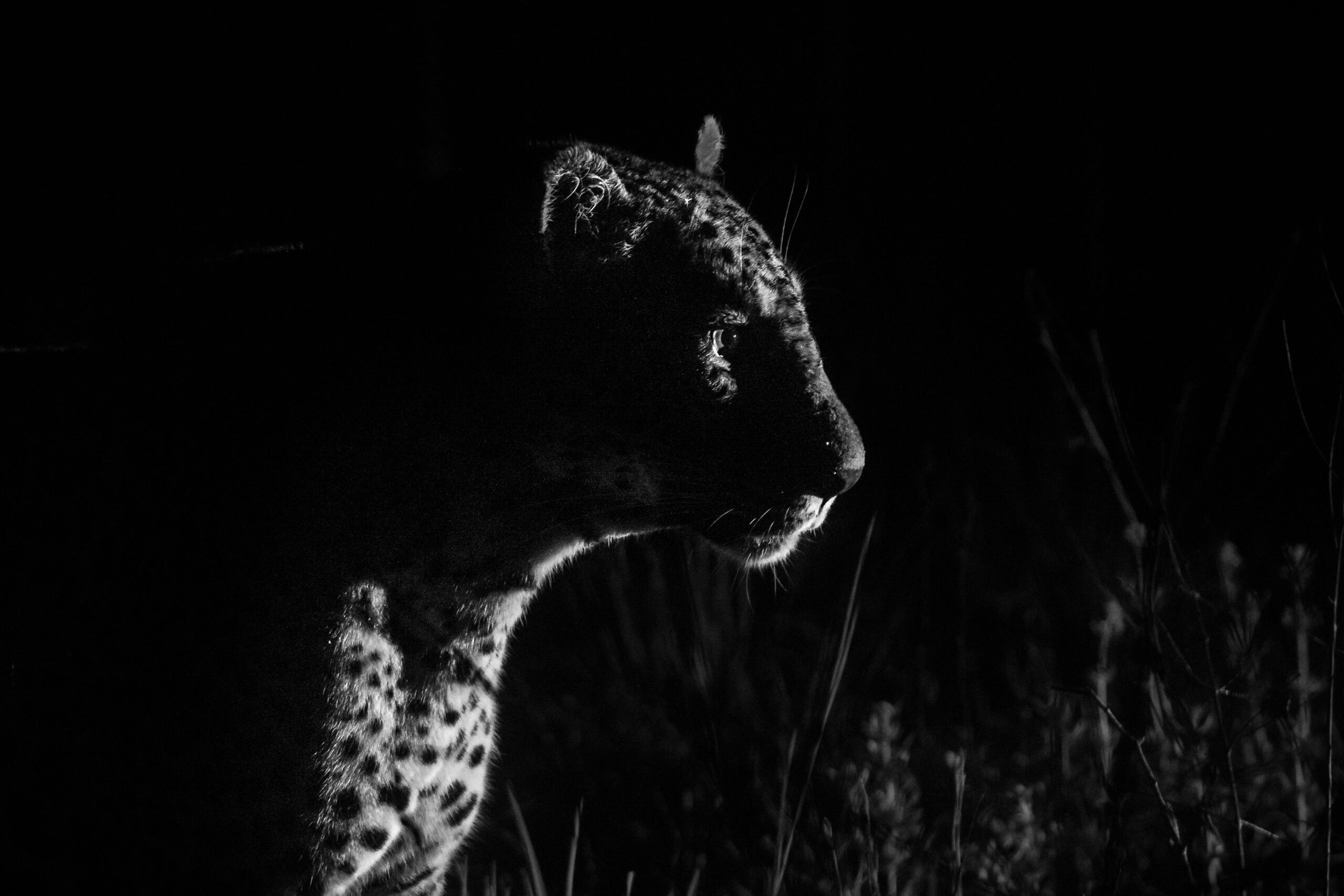
Ethical Wildlife Photography Practices
- Respect the Animals:
Never disturb or provoke wildlife for the sake of a photograph. - Follow Park Guidelines:
Stick to designated trails and follow instructions from your safari guide. - Avoid Flash:
Flash photography can startle animals and disrupt their natural behavior. - Leave No Trace:
Ensure you don’t leave behind any litter or damage the environment.
Popular Photography Spots in Jhalana Leopard Safari
- Rocky Outcrops:
Leopards often rest on rocks, offering clear and dramatic shots. - Waterholes:
During summer, these are hotspots for wildlife activity. - Dense Tree Clusters:
Ideal for capturing birds and smaller mammals. - Open Grasslands:
Perfect for wide-angle shots of animals grazing against the golden sunlight.
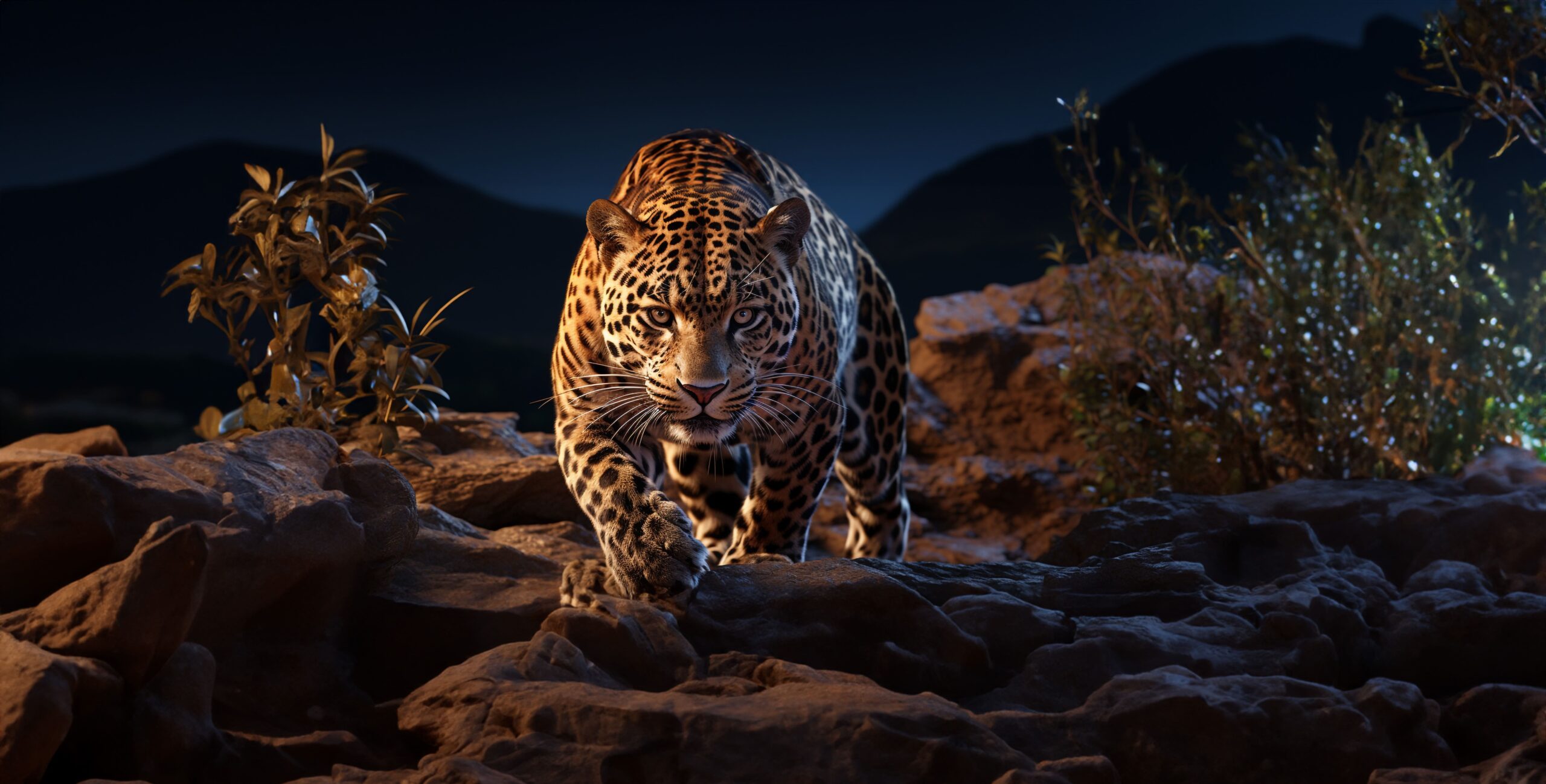
Post-Processing Tips
- Enhance Colors:
Use editing tools to bring out the rich hues of Jhalana Leopard Safari’s landscapes. - Adjust Exposure:
Fine-tune brightness and contrast to highlight your subject. - Crop Wisely:
Cropping can improve composition but avoid over-cropping to maintain resolution. - Preserve Natural Look:
While post-processing is important, ensure your images retain their natural essence.
Conclusion
Photographing wildlife in Jhalana Leopard Safari is a rewarding experience that combines technical skills with patience and respect for nature. The thrill of capturing a leopard’s gaze or the grace of a soaring eagle will leave you with memories and images to cherish forever. With the right gear, preparation, and ethical approach, your safari in Jhalana Leopard Safari can result in stunning photographs that tell the story of this urban wilderness.
Disclaimer All images used in this blog are either sourced from public domain or credited to their respective owners. If you are the copyright holder of any image and wish to request its removal or proper attribution, please contact us at [email protected]



